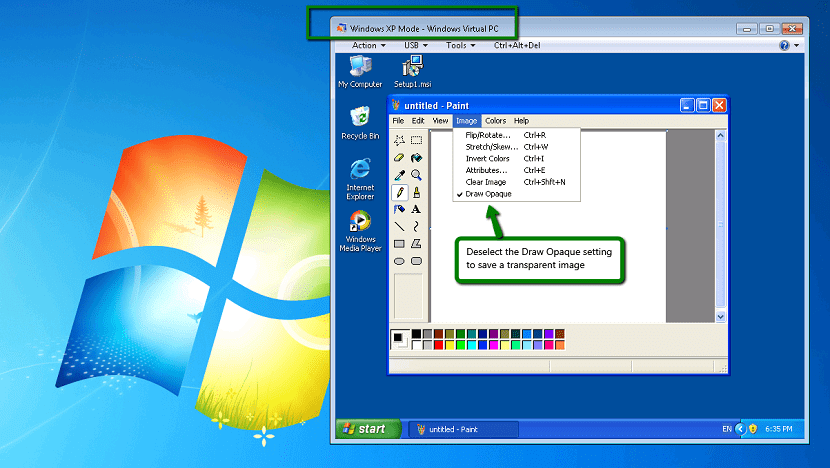
Many would have been the rumors about new Windows 10 apps, as well as the potential elimination of a large part of these and is that such situation generated much controversy within the population of users of such platform, giving rise, even, to designers capable of creating trial versions what could be the new interface of Windows 10.
La elimination and arrival of new applications has given the user population a lot to think about. Among so many reasons, we have the elimination of Paint one of the most iconic Windows programs.
But do you know what Paint is?

As we well know, paint was that application that allowed the user to make multiple freehand designs, which could then be exported under a certain format (it will depend on the version of that Windows). Through paint, many were the users who learned to get into the manipulation of a computer in its most practical way.
Last weekend some rumors leaked about an alleged new version of Paint that Microsoft would be developing exclusively for Windows 10, in universal App format, with touchscreen and stylus compatible features (no doubt thinking about the launch of its next Surface).
The renewed version of this classic graphical editor integrated with Windows It has led us to do a small review of its evolution and all the changes it has undergone as Windows released new versions. In fact, if the rumors are true, Paint can become a really useful editor.
Windows companion from minute one
The history of Microsoft Paint dates back to 1985. That's right, the mythical drawing program that many of us have ever used, even if only to scribble, is over 30 years old and has been present in all versions of Windows from the beginning, since its first version was already included with Windows 1.0, even before Solitaire.
That first version of Paint was actually a licensed version of a program called PC Paintbrush, owned by ZSoft Corporation and this, in turn, was the answer to the first drawing program created for IBM PCs, called PCPaint and that was the competition of the Apple Paint included in the Apple II. It is seen that in the 80 they were not very original with the names of software.
This first version only allowed the use of monochrome graphics (that is, limited to black and white, no colors) and saved them in a proprietary format, MSP. Initially, Paint was not intended to be a tool intended for graphic artistsBut simply one more utility to accustom brand-new users of a personal computer of that time to using a graphical interface, providing them with a familiar environment (a "paper" and a "pencil") where they can practice with the mouse.
What's new in Windows 9x, XP and Vista

The real changes in Paint started with Windows 95 which, among other things, allowed to save and load custom color collections.
In Windows 98, Paint could now save graphics in JPG, GIF, and PNG (even with transparent backgrounds, if appropriate Microsoft graphics filters were installed), in addition to the default BMP format.
With the arrival of Windows XP, the color palette was extended to 48 shades and actions could even be undone up to three levels. The possibility of extract images directly from a scanner or digital camera connected to the PC. Brushes, on the other hand, were still limited to a single element and as of this version, graphics can be saved in JPG, GIF, PNG and TIFF natively, without the requirement of the filters we mentioned earlier.
Later, with the release of Windows Vista, some small changes came to the interface (such as the toolbar icons), a couple of new utilities (for zooming in on images and cropping them) and an "Undo" function capable of going back 10 actions.
The new Paint in Windows 7 and 8
The most drastic change to Paint in recent years, at least when it comes to interface design, occurs in the Integrated version from Windows 7, which adopts the Ribbon interface. The application tools are also evolving, in an attempt to achieve more realistic effects both in the creations designed from scratch and in the editing of photos.